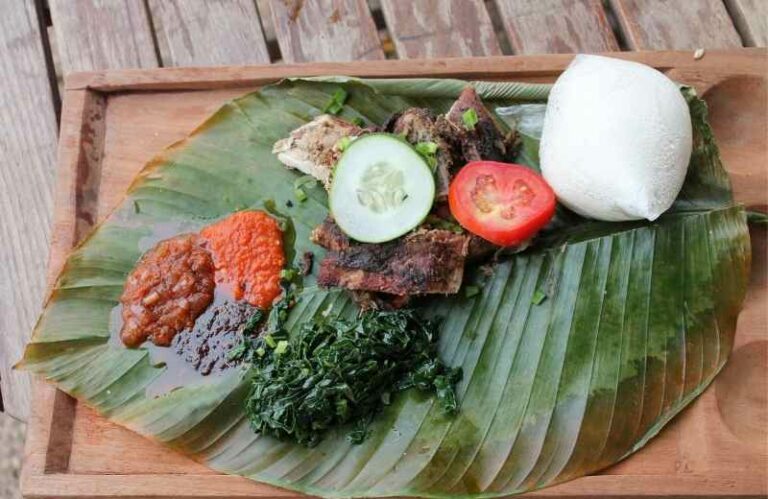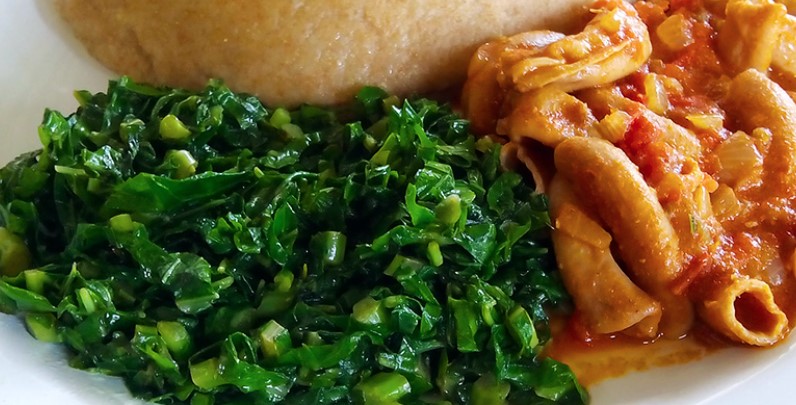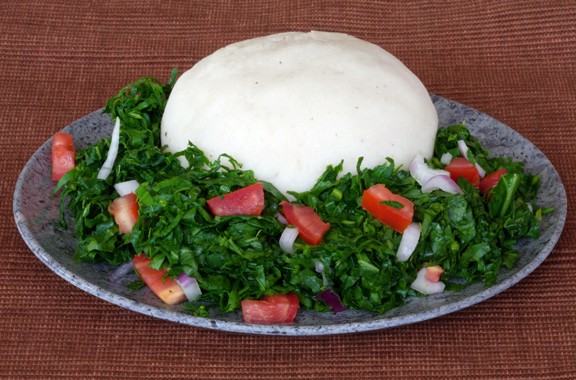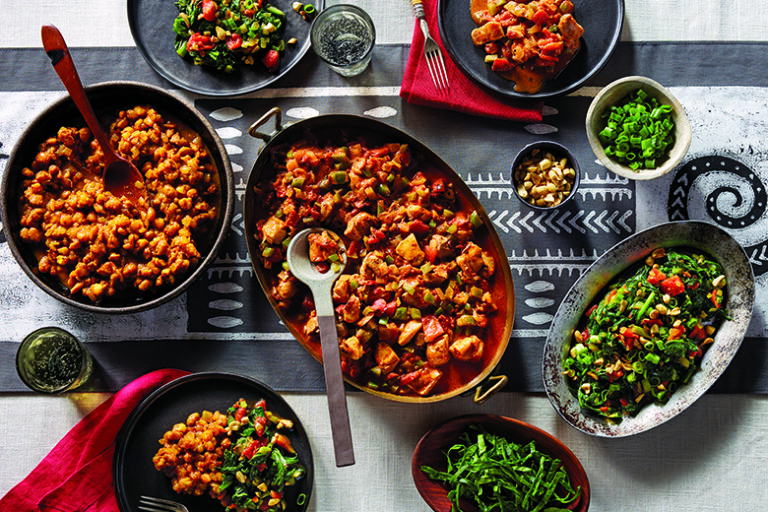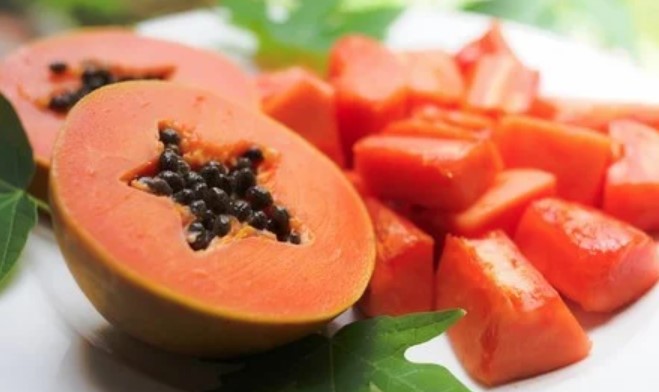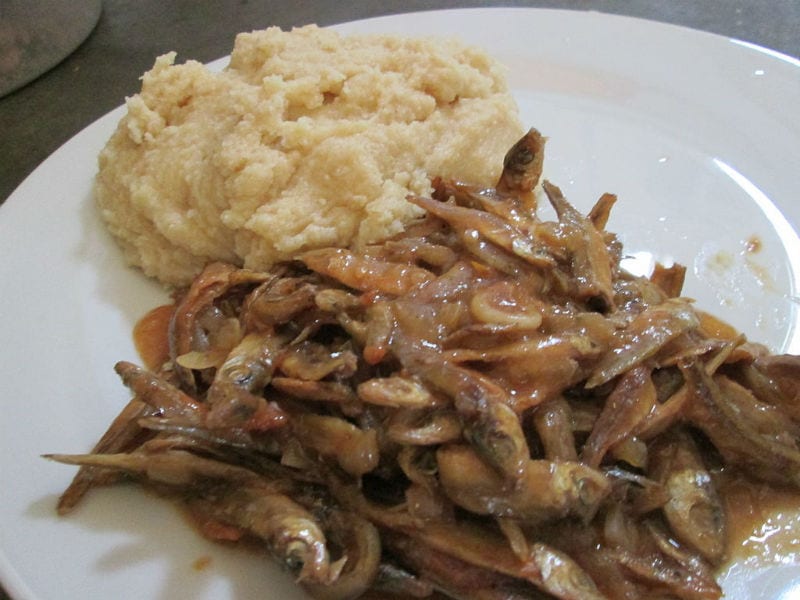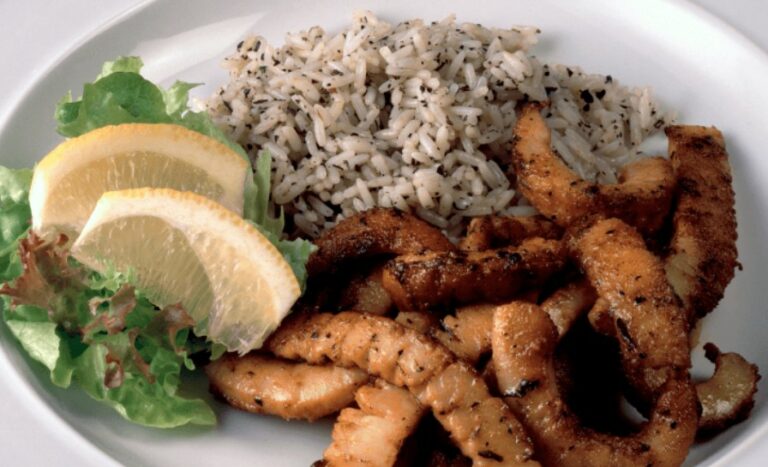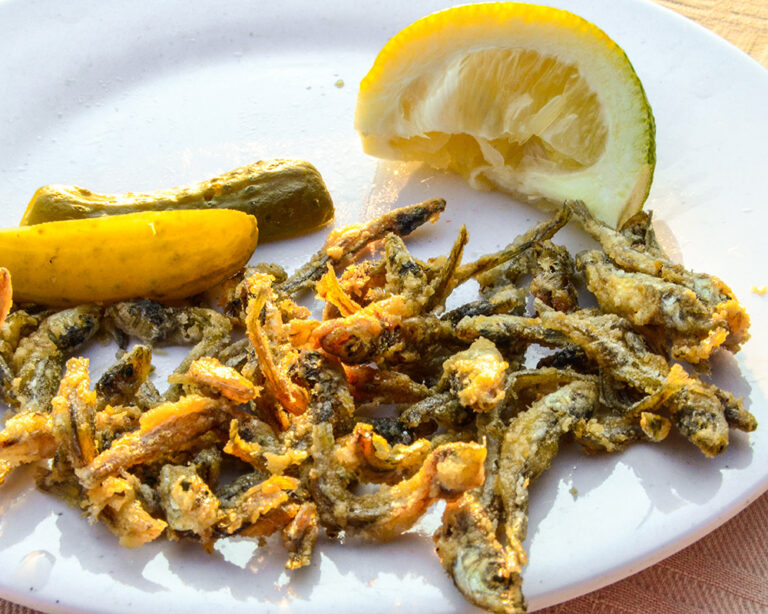Introduction: Traditional Zimbabwean Food
Zimbabwean cuisine is a reflection of the country’s culture and history. The food is a combination of African, Asian, and European influences, creating a unique blend of flavors and textures. Traditional Zimbabwean food is known for its simplicity, nutrition, and the use of local ingredients. In this article, we will explore the ingredients used in Zimbabwean cuisine, traditional cooking techniques, staple foods, popular dishes, and recipes.
Ingredients Used in Zimbabwean Cuisine
The ingredients used in Zimbabwean cuisine are diverse and depend on the region and season. Common ingredients include maize, sorghum, millet, beans, peanuts, vegetables, and fruits. Meat, particularly beef, chicken, and goat, is also a staple in Zimbabwean cuisine. Spices and herbs such as cumin, coriander, ginger, garlic, and basil are also used to enhance the taste of many dishes.
Zimbabwean cuisine also incorporates wild game meat, such as warthog, kudu, and impala. These meats are often marinated to soften the meat and remove the gamey taste. Mopane worms, a type of caterpillar, are also a traditional delicacy in Zimbabwean cuisine. They are often dried, pounded, and cooked with onions and tomatoes.
Traditional Cooking Techniques in Zimbabwe
The traditional cooking techniques used in Zimbabwean cuisine include boiling, frying, roasting, and steaming. Open-fire cooking is also a common method, particularly in rural areas. The cooking utensils used are often simple, such as clay pots, cast-iron skillets, and wooden spoons.
Cooking is often communal, with friends and family members gathering around to prepare and share meals. The use of traditional cooking techniques and utensils enhances the flavor and nutritional value of the food.
Staple Foods in Zimbabwean Cuisine
Staple foods in Zimbabwean cuisine include sadza, a thick porridge made from maize meal, and relish, a vegetable or meat-based sauce. Sadza is often served with relish and eaten with the hands. It is a symbol of unity and togetherness, with friends and family members sharing the same plate.
Other staple foods include rice, beans, peanuts, sweet potatoes, and cassava. These foods are often used to make stews, curries, and salads.
Popular Zimbabwean Dishes and Recipes
Some of the most popular Zimbabwean dishes include:
- Chakalaka: a spicy vegetable relish made from tomatoes, onions, peppers, and beans.
- Nyama choma: grilled meat, often served with sadza and relish.
- Kapenta with sadza: dried and salted fish, often served with sadza and relish.
- Muriwo unedovi: a vegetable dish made from greens, tomatoes, and peanut butter.
Conclusion: The Importance of Zimbabwean Food Culture
Zimbabwean food culture is an essential part of the country’s identity. It connects people to their roots, traditions, and values. The use of local ingredients, traditional cooking techniques, and communal eating practices enhances the nutritional value, flavor, and social significance of the food. Zimbabwean cuisine is a reminder of the country’s rich cultural heritage and the importance of preserving it for future generations.

